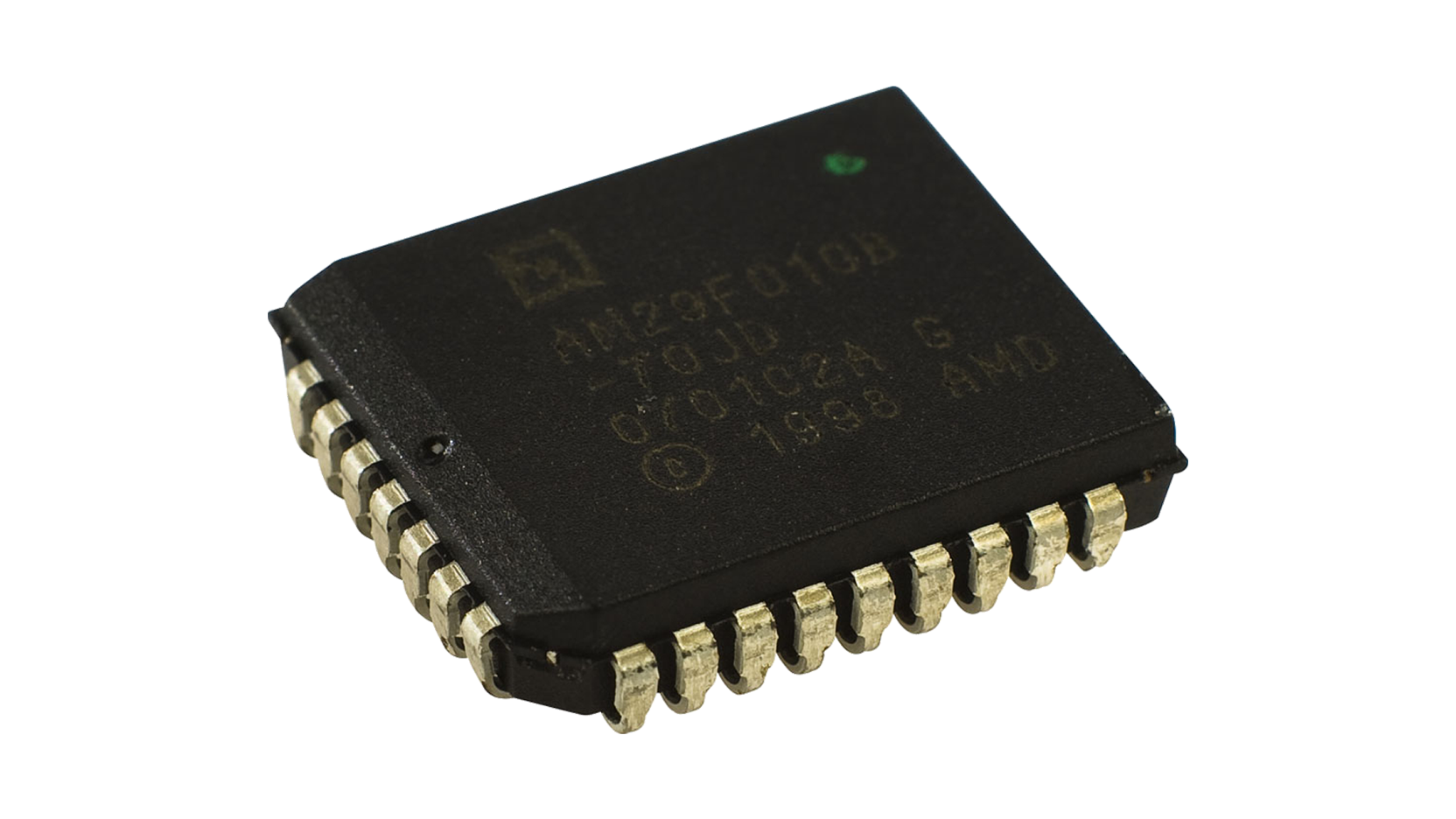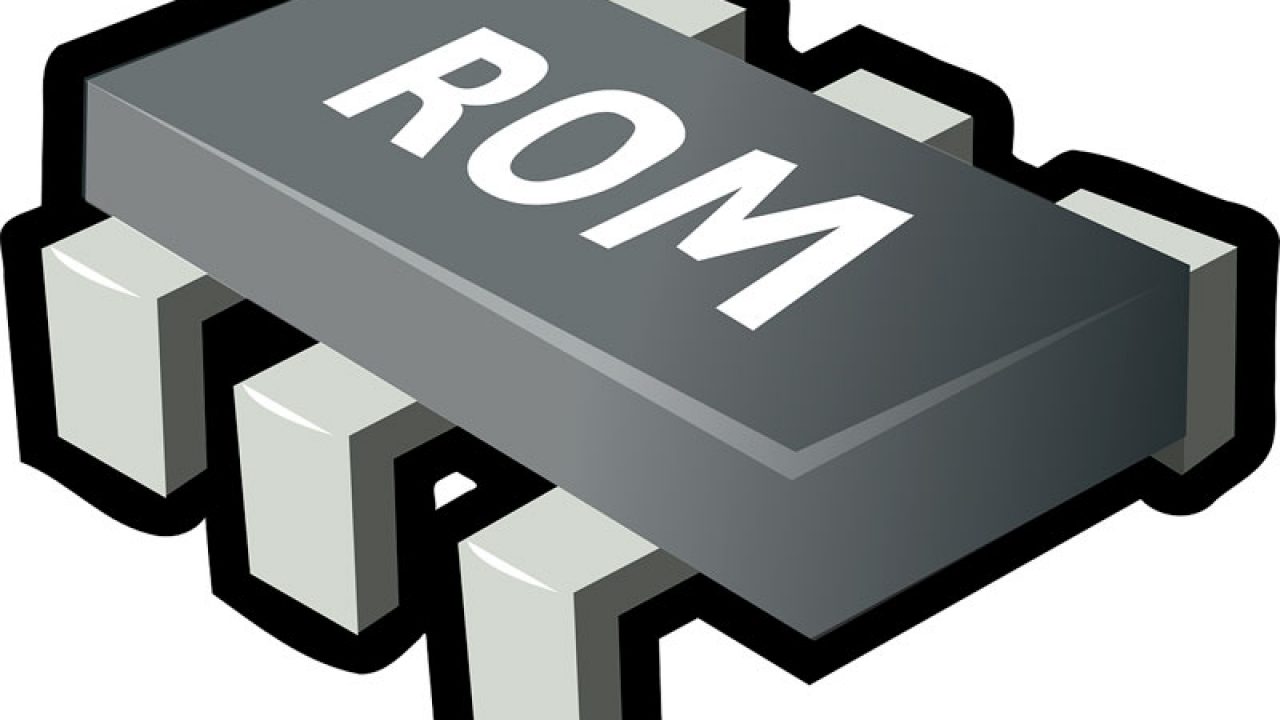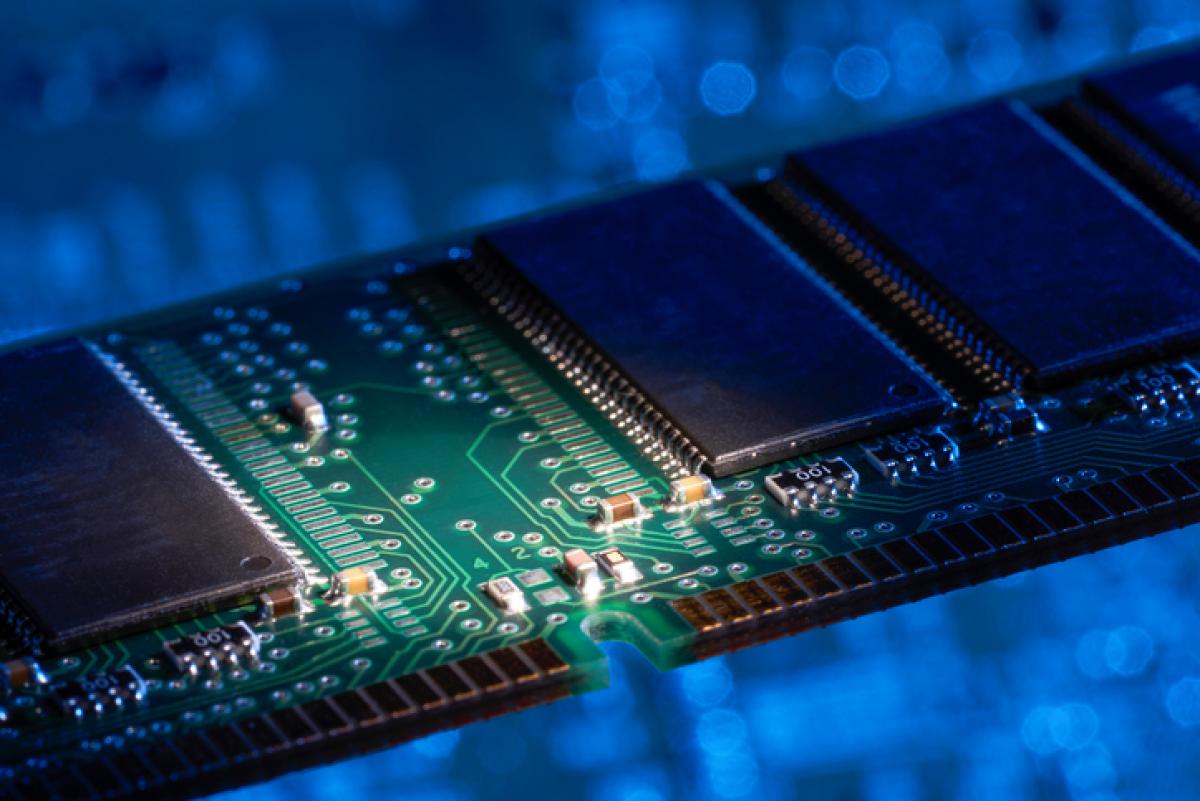ROM memory it is a type of read-only storage that computers and electronic equipment have. It is recoverable but never modifiable. Learn more about this topic by reading the following article.

ROM memory
When talking about ROM memory, mention is made of a type of storage to be used in reading operations. Called by acronym in English "Read-Only Memory", "single read memory." It is found in all computers and electronic devices on the market today.
This ROM memory has the condition that it can only be recovered in case of loss but its data cannot be modified. It is designed for reading procedures only. It has an independent operation even with the flow of energy. This allows it to be neither moldable nor modifiable.
It is inserted into the memory or card of the equipment at the time of its manufacture. It can be of a basic or primary type. Its operation is a little slower than its sister RAM. Content is generally flushed to RAM to run faster. that way then we know what is ROM for
ROMs come in various versions. The best known are the EPROM and EEPROM models. They have the capacity that they can be programmed and reprogrammed several times. Technicians generally try not to manipulate them, since their reset is extremely slow.
What are they for
Let's see below what is ROM memory for. These memories are generally used for software storage. They are used to install startup programs and allow you to manage the basic operation of the equipment. Such as the BIOS and the Set Up among others. Previously, ROM memories were only arranged to store operating systems. The idea was to prevent users from altering its content.
Another ROM feature is that it is also used to store data that does not require modification in the useful life of the computer. This data can be logical math operations, look-up tables, or other technical-type operations. Many programmers take advantage of ROM storage spaces to store independent information.
ROM memory types
In the market there are several types of ROM memory where its price varies depending on its efficiency and capacity. However, most computers do not need to change this memory constantly. It is read-only and is not constantly damaged. But let's see the most important
- EPROM, is a memory that its letters give the meaning of "Erasable Programmable Read-Only Memory" in Spanish "Erasable and Programmable Read Only Memory". It is an EEPROM type memory, which can be erased when exposed to ultraviolet light or if it receives high power voltages. Allows you to erase the contained data and use a replacement
- PROM stands for "Programmable Read-Only Memory" or "Programmable Read-Only Memory". This type of memory is digitized and can only be programmed once. Because it has a small fuse which cannot be replaced.
- EEPROM, stands for "Electrically Erasable Programmable Read-Only Memory" in Spanish. Electrically Erasable and Programmable Read-Only Memory. That is, this memory does not require ultraviolet rays to erase its content, it can be programmed within the circuit itself. Accessing the bits individually.
Difference with RAM
Among the latests Moravia's compositions ROM and RAM memories there are important differences. The first is the transmission speed. Where the flow of information in RAM is more constant. On the other hand, RAM, unlike Memory ROM, is recordable in all its parts, or it allows various storage and erasure operations to be carried out.
Running programs go to this database temporarily, being lost when the computer is turned off or the system is restarted. The RAM memory is completely clean and ready to be used again. While RAM keeps its content. RAM memory efficiency is higher than ROM
For efficiency purposes it is faster, cheaper and more durable. So most systems engineers prefer to put it to more use than ROM. It does not mean that the ROM memory in its entire operation has disadvantages. Only the service it provides is different from the one provided by RAM.
Another advantage of ROM is the increased space in internal memory. By not having as much information to process as applications and programs in process. Performance is greatly increased. It reduces the consumption of the battery, allowing to extend the life of the equipment.
Connect with us through the following links:


characteristics??